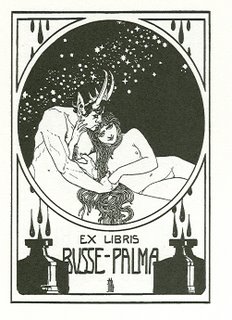Tzohar: Gem of Noah, Light of Heaven

So what was that glowing, explosive rock stuff in Aronofsky's film Noah? Was it just a a lazy author's device of convenience, or does it actually have some authentic roots in Noah traditions? Based on it's movie name, zohar, I suspect it's the screenwriter's adaption the similar, but linguistically distinct tzohar, which actually APPEARS IN GENESIS. In Gen. 6, God instructs Noah to illuminate the ark by tzohar taaseh/ "A "brightness you will make." This term, (transliterated as either tzohar or tsohar), which literally means "Bright/glittering/noon light" (The Hebrew word for noon, tzohoriyim, is derived from the same root), is not further defined in the Hebrew Bible. Some translate this simply as "window." Jewish esoteric tradition, however, regards the tzohar to be a kind of luminous gemstone holding the primordial light of creation.
The fact that the word for “noon/zenith,” tzohoriyim, shares the same root, but especially because of its linguistic similarity to the word zohar (“shine/radiant”), triggered an assumption that it is a form of light source rather then an aperture to let light in.
Targum Yonatan may be the first source to claim the tzohar was a luminous stone, pulled from the primordial river Pishon (T. Y. Genesis 6:16). This is elaborated on in Genesis Rabbah 31:11:
During the entire twelve months that Noah was in the Ark he did not require the light of the sun by day or the light of the moon by night, but he had a polished stone which he hung up – when it was dim, he knew it was day, when it was bright, he knew it was night.
Another version of this idea appears in the Talmud, Sanhedrin 108b:
“Make a tzohar for the ark.” R. Johanan said, The Blessed Holy One instructed Noah: 'Set there precious stones and jewels, so that they may give you light, bright as the noon [in Hebrew, this is a play on words between tzohar and tzohoriyim].The same idea is reiterated in the medieval Midrash Pirkei de Rabbi Eliezer 23.
The matter might rest there, but elsewhere in the Talmud, there is another tradition that Abraham also had a miraculous stone:
R. Shimon b. Yochai said, Abraham had a precious stone hung round his neck which brought immediate healing to any sick person who looked on it, and when Abraham our father left this world, the Blessed Holy One hung it from the wheel of the sun. (Baba Batra 16b)
This naturally led to speculation that that the stones of Noah and Abraham were one and the same. And given Genesis Rabbah’s allusion to the river Pishon that flowed through the Garden of Eden, the logical origin for this tzohar would be with there, where God hid the supernal light of the first day for the sole use of the righteous:
It was taught, the light which created in the six days…cannot illumine by day, because it would eclipse the light of the sun. Where is it? It is stored for the righteous in the messianic future...He set it apart for the righteous in the future Gen. R. 3:6
The Holy Blessed One created many things in His world, but the world being unworthy to have the use of them, He hid them away...the example being the light created on the first day, for Rabbi Judah ben Simon said: Man could see with the help of the first light from one end of the world to the other. Ex. R. 35:1
(also see Talmud Hagigah 12a; Lev. Rabbah 11:7, Gen. Rabbah 41:3 and Zohar I:31b, all homiletically based on Gen. 1:3, Ps. 97:11 and Job 38:13).
Zal G'mor: To learn more, consult the Encyclopedia of Jewish Myth, Magic, and Mysticism - http://www.amazon.com/Encyclopedia-Jewish-Myth-Magic-Mysticism/dp/0738709050


